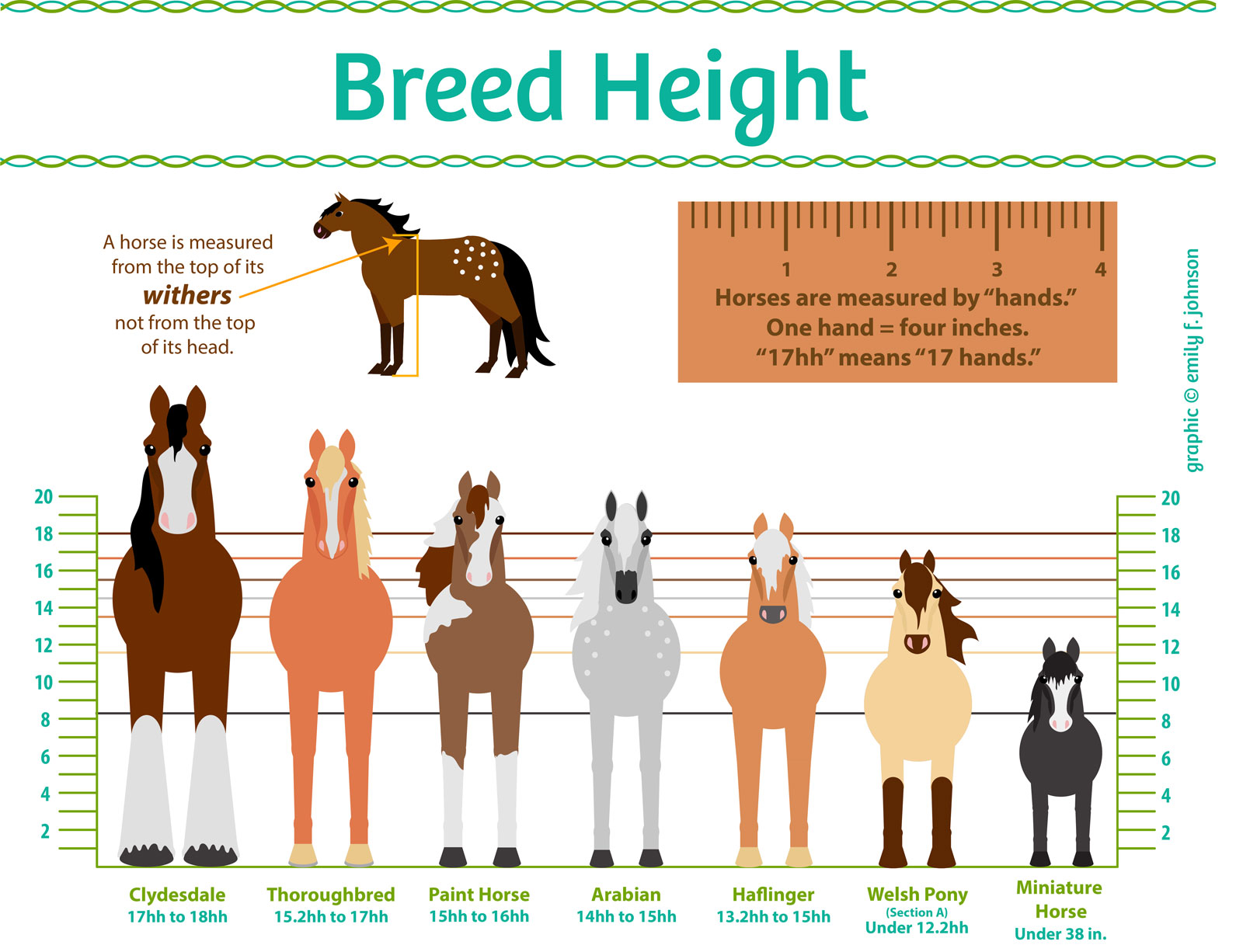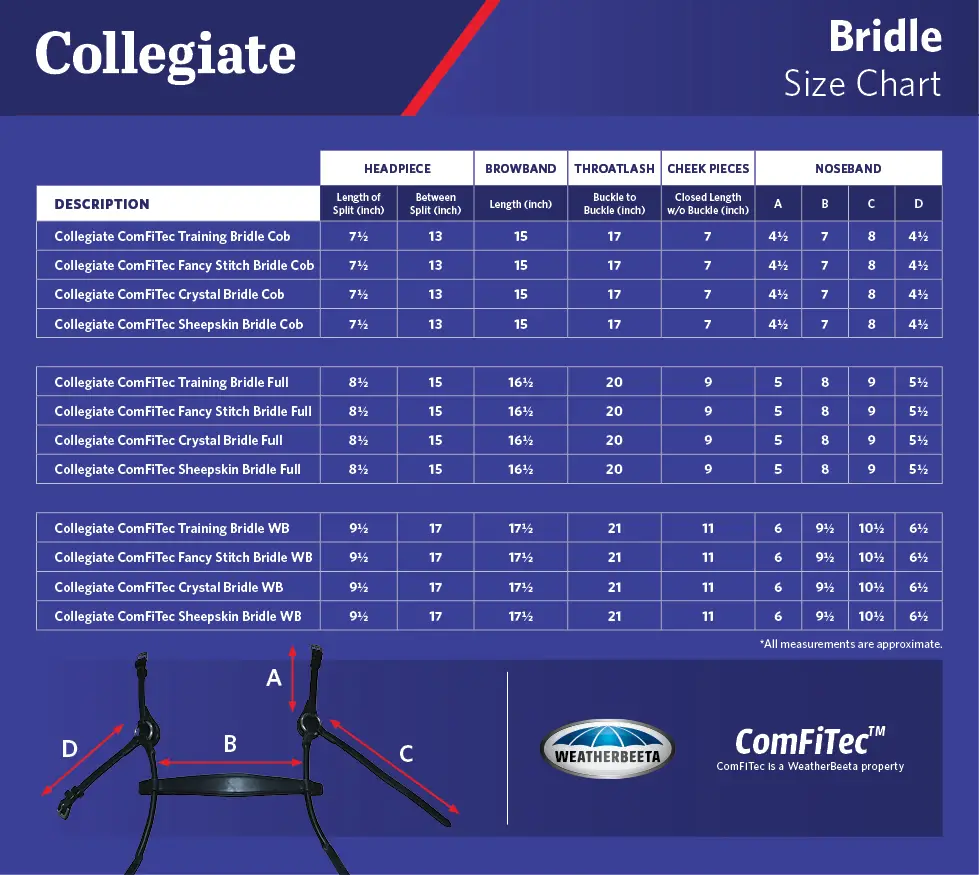Owning a horse comes with the responsibility of properly caring for and equipping it with the necessary gear. One important piece of equipment is the bridle, which is used to control and direct the horse. However, in order for the bridle to be effective and comfortable for the horse, it is crucial to measure the horse accurately to ensure the proper fit. In this article, we will discuss the step-by-step process of measuring a horse for a bridle, as well as provide tips and considerations for achieving the best fit.
Understanding the Importance of Proper Measurement

Before diving into the process of measuring a horse for a bridle, it’s essential to understand why proper measurement is crucial. A bridle that doesn’t fit correctly can cause discomfort and even pain for the horse, leading to resistance and potential behavioral issues. Additionally, an ill-fitting bridle can interfere with the horse’s ability to communicate with the rider through rein cues, compromising both safety and performance. By taking the time to measure the horse accurately, you can ensure that the bridle provides optimal comfort and functionality.
Types of Bridles
There are various types of bridles, each serving different purposes and fitting slightly differently on the horse’s head. Common types include snaffle bridles, double bridles, and bitless bridles. It’s important to choose the appropriate type for your horse’s needs and your riding discipline. The measuring process may vary slightly depending on the type of bridle you intend to use.
Gathering the Necessary Tools
Before measuring the horse, gather the following tools: a soft measuring tape, a piece of string, and a ruler. These items will ensure accurate measurements and help you select the right size bridle for your horse.
Measuring the Horse for a Bridle

The process of measuring a horse for a bridle involves several key steps. It’s important to approach the task with patience and attention to detail to ensure an accurate fit.
Step 1: Measure the Horse’s Head Length
Start by measuring the length of the horse’s head. Use the soft measuring tape to measure from the poll, just behind the ears, to the corner of the horse’s mouth on one side. Repeat this measurement on the other side and take note of the total length. This measurement will help determine the appropriate size for the headstall, which is the part of the bridle that encircles the horse’s head behind the ears.
Step 2: Measure the Cheek Pieces
Next, measure the cheek pieces that run from the headstall to the bit rings. Use the soft measuring tape to determine the length needed for the cheek pieces on both sides of the horse’s head. This measurement will ensure that the cheek pieces are the appropriate length to connect the headstall to the bit without causing discomfort or restricting movement.
Step 3: Measure the Noseband
If the bridle includes a noseband, it’s important to measure the circumference of the horse’s nose at the placement of the noseband. Use a piece of string to encircle the horse’s nose, and then measure the length of the string with a ruler. This measurement will help ensure that the noseband fits comfortably without being too tight or too loose.
Step 4: Measure the Bit Size
For bridles with a bit, it’s crucial to measure the width of the horse’s mouth to determine the appropriate bit size. Use a piece of string to measure the width of the horse’s mouth, and then use a ruler to measure the length of the string. This measurement will help ensure that the bit fits comfortably and allows the horse to carry it without any discomfort.
Considerations and Tips

When measuring a horse for a bridle, there are several important considerations and tips to keep in mind.
Consider the Horse’s Comfort
Always prioritize the horse’s comfort when selecting and fitting a bridle. Avoid choosing a size that is too tight or too loose, as this can cause discomfort and hinder the horse’s performance.
Consult with a Professional
If you are unsure about the measurements or the appropriate bridle size for your horse, consider seeking advice from a professional such as a knowledgeable trainer or an experienced equestrian. They can provide valuable insights and guidance to ensure the best fit for your horse.
Regularly Check and Adjust the Fit
A horse’s body can change over time due to factors such as age, weight fluctuations, and muscle development. It’s important to regularly check the fit of the bridle and make any necessary adjustments to ensure ongoing comfort and functionality.
Choose Quality and Properly Fitted Equipment
Investing in high-quality, properly fitted equipment is essential for the well-being of your horse. Avoid compromising on the fit or quality of the bridle, as this can impact the horse’s comfort, behavior, and overall riding experience.
If you’re looking to measure a horse for a bridle, you might also be interested in learning how to measure for a horse blanket and how to treat a swollen hock on a horse. These articles will provide you with valuable insights into caring for your equine companion!
Conclusion

Measuring a horse for a bridle is a fundamental aspect of equine care and management. By taking the time to measure the horse accurately and consider the specific needs of the horse, you can ensure that the bridle provides optimal comfort, functionality, and safety. Remember to prioritize the horse’s well-being and seek professional guidance when needed to ensure the best fit for your equine companion. With the right measurements and a properly fitted bridle, you can enhance the riding experience for both you and your horse.



